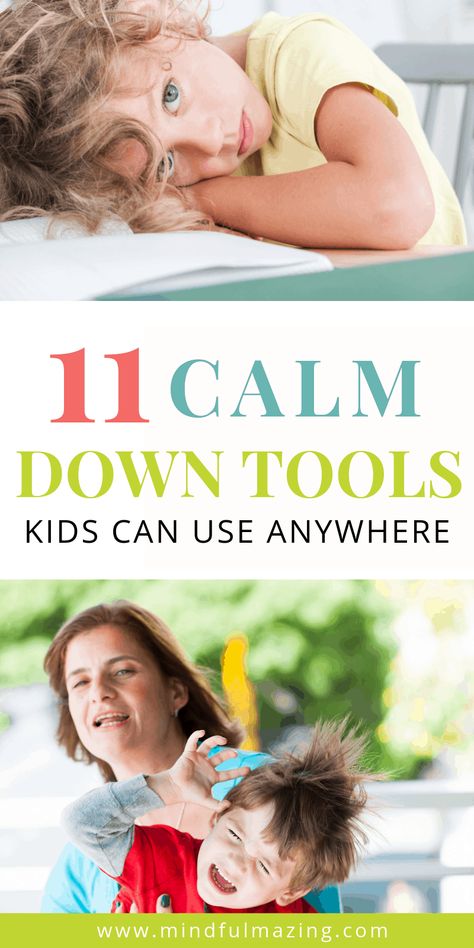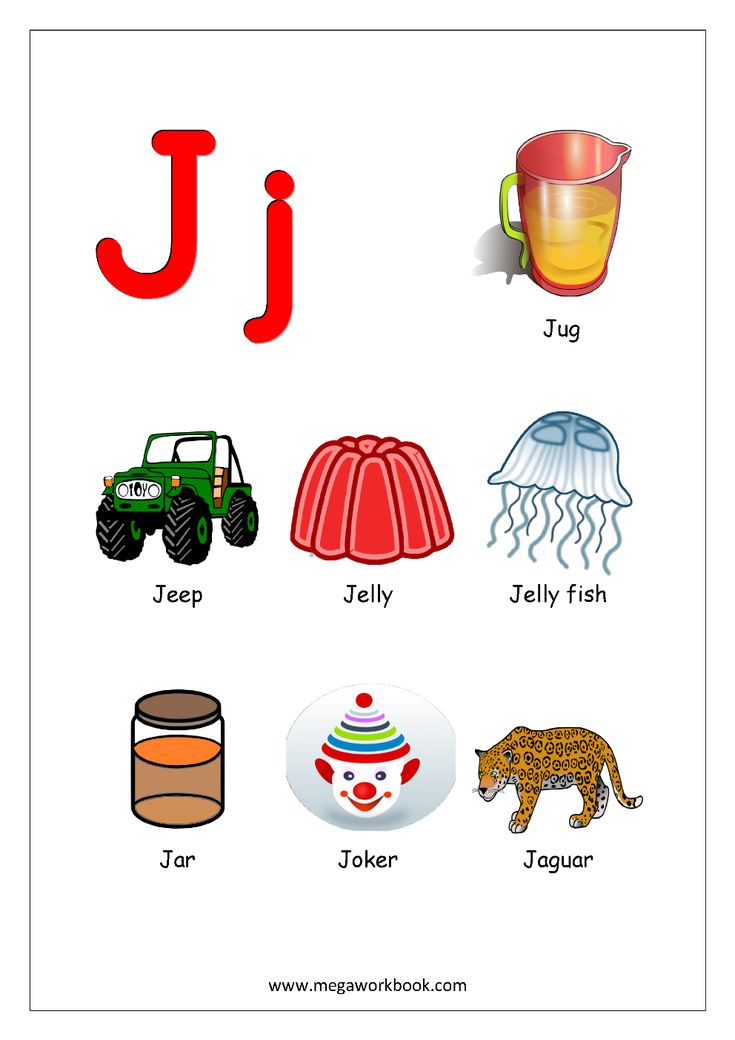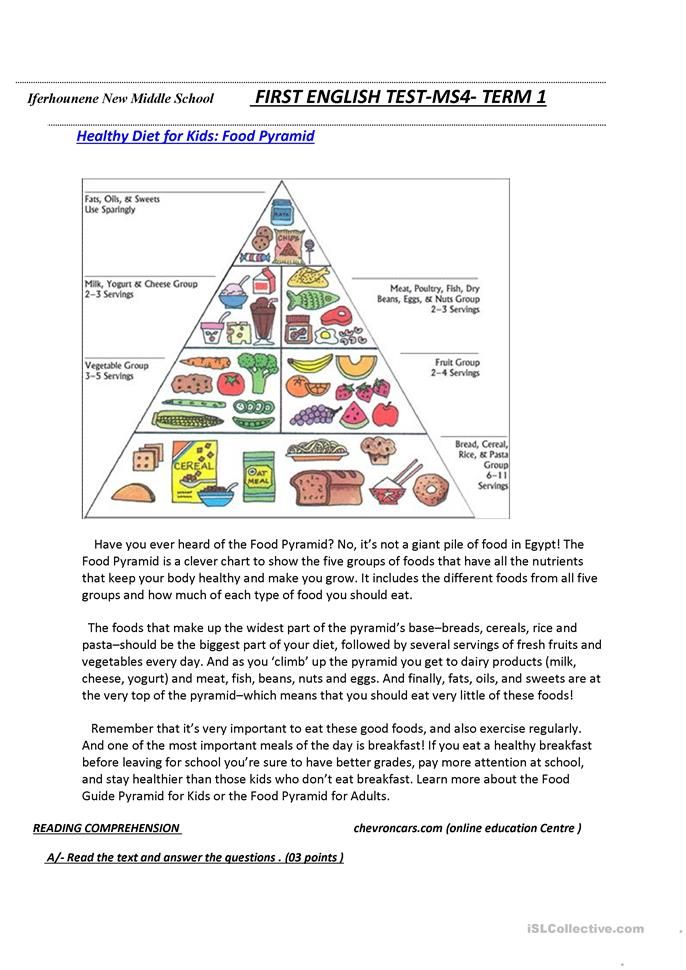Calming kids down
50 Calm-Down Ideas to Try with Kids of All Ages
Navigating childhood challenges can be stressful, and sometimes deep breathing isn’t the solution that works for your child. When your child is in need of tension relief, try one of these techniques:
- Try an inversion. For centuries, Yogis have understood the calming power of bringing the head below the level of the heart, otherwise known as inversion. Whether it’s relaxing in child’s pose, bending over to touch your toes, or practicing a headstand, inverting the body has a restorative effect on the autonomic nervous system, which controls the body’s response to stress.
- Visualize a quiet place. Research has shown that visualization is beneficial for a range of populations to reduce stress levels. Ask your child to close their eyes and picture a calm, peaceful place. Then, gently guide them to slowly start to build up a picture of how it looks, smells, and feels to be there.
- Drink water.
Dehydration has been linked to a reduction in mental performance. Pour your child a tall class of cold water and have them sip it slowly. You can try this with them, and observe the calming effect this has on your own nervous system.
- Sing out loud. Everyone knows the sweet relief associated with rocking out to your favorite tune. But the physical act of singing out loud, even if it is off key, has been shown to release endorphins, the “feel good” chemical in the brain.
- Do the “Downward Facing Dog” pose. Just like inversions help reset the autonomic nervous system, the yoga pose known as Downward Facing Dog in particular has the added benefit of activating several muscles in the arms, legs, and core. This stretch helps muscles begin to burn additional blood glucose that is made available by the body’s fight or flight response.
- Paint it out. Not only does painting give the brain something to focus on other than the stressor, but participating in visual arts has been linked to resilience to stress in general.
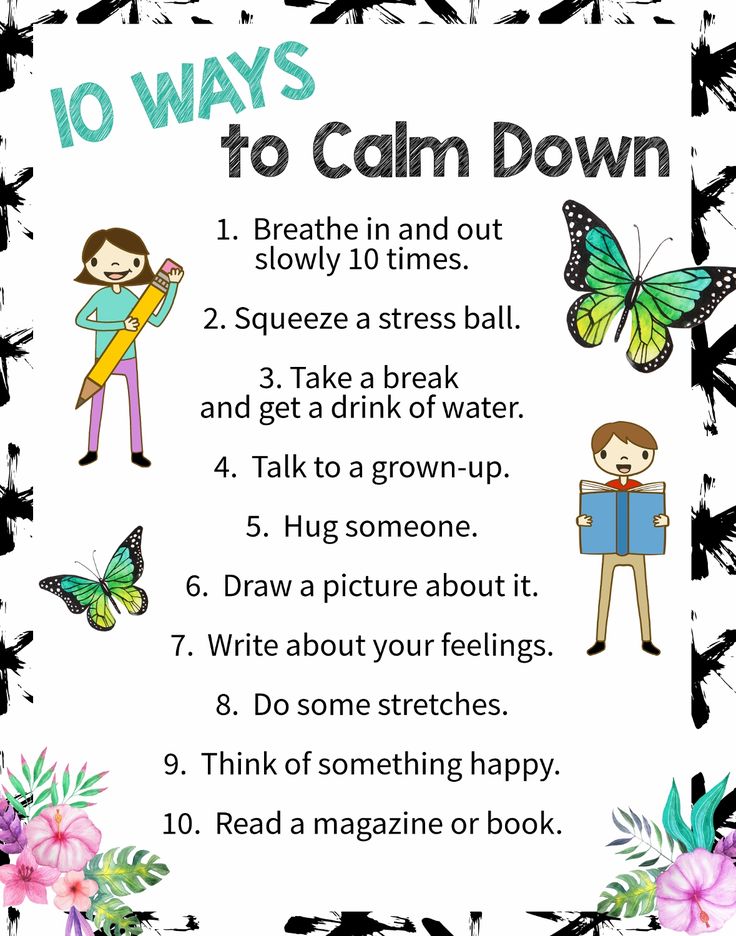 If the thought of dragging out the tempera gives you stress, have your child try “painting” with shaving cream on a plastic shower curtain in the yard. Not only is clean up a breeze, but your child will smell great when they are finished.
If the thought of dragging out the tempera gives you stress, have your child try “painting” with shaving cream on a plastic shower curtain in the yard. Not only is clean up a breeze, but your child will smell great when they are finished. - Jump rope. Set a timer for 2 minutes, put on some music, and challenge your child jump to the beat of the song. If your child isn’t able to jump rope, playing hop scotch is a great alternative.
- Jump high. Challenge your child to a jumping contest to see who can jump highest, longest, fastest, or slowest. This is another great way to get in some exercise to help your child blow off some steam.
- Blow bubbles. Just like blowing on a pinwheel, blowing bubbles can help your child gain control of their breathing and thus, their mental state. Bonus: Running around popping bubbles is just as fun as blowing them.
- Take a hot bath. After a long day at work, there is nothing more relaxing than laying in a bathtub of hot water with the lights turned down and no interruptions.
 The same holds true for kids. Use bath time as a chance to help your little one unwind from the activities of the day. Introduce a few simple bath toys and allow your child to relax as long as they need to.
The same holds true for kids. Use bath time as a chance to help your little one unwind from the activities of the day. Introduce a few simple bath toys and allow your child to relax as long as they need to. - Take a cold shower. While the complete opposite of a hot bath, cold showers actually have a restorative effect on the body. Not only do cold or even cool showers reduce inflammation in the muscles, it improves heart flow back to the heart, and leads to a boost in mood. One study on winter swimmers found that tension, fatigue, depression, and negative moods all decreased with regular plunges into cold water.
- Have a cozy drink. There is a reason why many people herald September as the beginning of Pumpkin Spice Latte (PSL) season. Drinking a warm drink on a cool day makes your body feel warm, almost like a hug from the inside. Giving your child a warm hot chocolate or warmed milk with a splash of vanilla will elicit the same response you have over that first sip of your PSL.
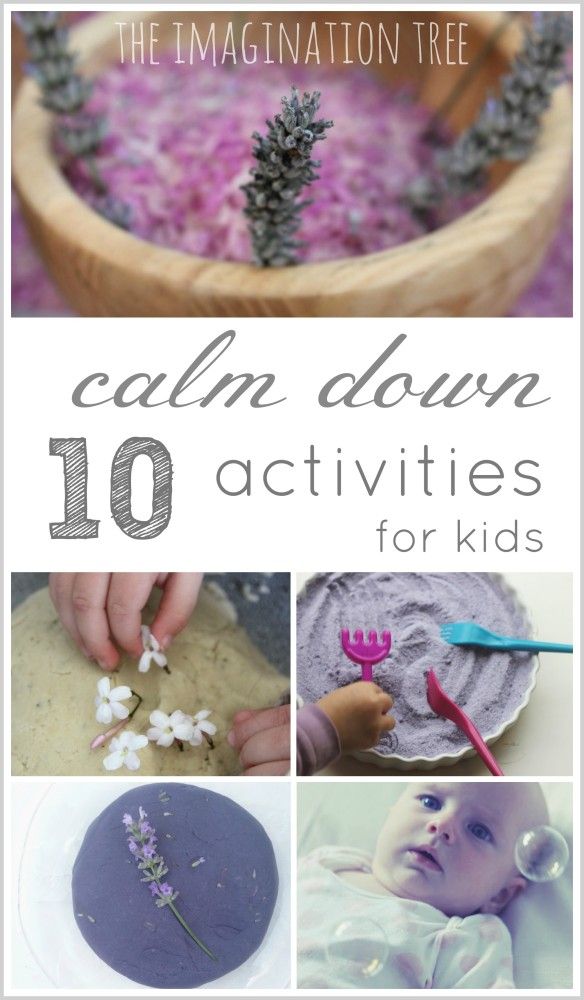
- Blow out a candle. Light a candle for your child to blow out. Then re-light it and move it further and further away from them, so they have to take deeper and deeper breaths to blow it out. This is a great way to practice deep breathing, while making a game out of it.
- Watch fish. Have you ever wondered why there is always a fish tank in hospitals and medical centers? The University of Exeter in the UK did, and found that watching fish swim in an aquarium reduces blood pressure and heart rate. Better yet, the larger the fish tank, the greater the effect. The next time your child needs to calm down, take them to the local lake, hatchery, or aquarium for a little fish-watching therapy.
- Count backwards from 100. Not only does counting give your child a chance to focus on something other than what is bothering them, counting backwards offers an added concentration challenge without overwhelming their brain.
- Repeat a mantra.
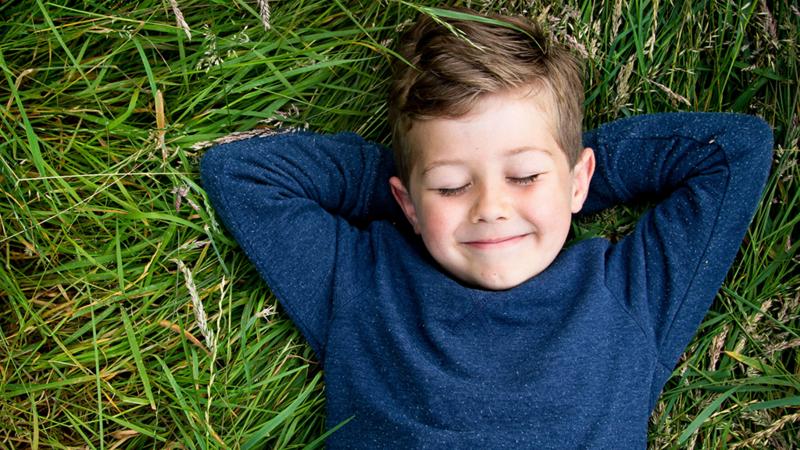 Create a mantra that you and your child can use to help them calm down. “I am calm” or “I am relaxed” work well, but feel free to get creative and make it something personal to you and your child.
Create a mantra that you and your child can use to help them calm down. “I am calm” or “I am relaxed” work well, but feel free to get creative and make it something personal to you and your child. - Breathe into your belly. Most of us breathe incorrectly, especially when we are in a stressful situation. Have your child think about their belly like it is a balloon. Tell them to breathe in deep to fill the balloon, and breathe out to deflate it. Repeat this simple process 5 times and notice the effects.
- Shake a glitter jar. “Calm Down Jars” have been making their way around Pinterest for a while now, but the concept behind them is sound. Giving your child a focal point for 3-5 minutes that is not the stressor will allow their brain and body to reset itself. These jars can be made simply from sealed canning jars filled with colored water and glitter or with baby food jars filled with warm water and glitter glue.
- Go for a run.
 Running has been shown to reduce stress, and can sometimes be more effective than a trip to the therapist’s office. Going for a 10 minute jog can not only affect your child’s mood immediately, its effects on their ability to cope with stress can last for several hours afterward.
Running has been shown to reduce stress, and can sometimes be more effective than a trip to the therapist’s office. Going for a 10 minute jog can not only affect your child’s mood immediately, its effects on their ability to cope with stress can last for several hours afterward. - Count to 5. Just when it seems as though they “can’t take it anymore”, have your child close their eyes and count to five. This form of 5-second meditation offers the brain a chance to reset itself and be able to look at a situation from a different perspective. It also gives your child a chance to think before they act in a volatile situation.
- Talk it out. For children who are able to verbalize their feelings, talking about what is bothering them gives them a chance to let you know what is going on while processing it for themselves. The trick is to resist the urge to “fix” the problem. Your child needs you to listen and ask appropriate questions, not offer unsolicited advice.
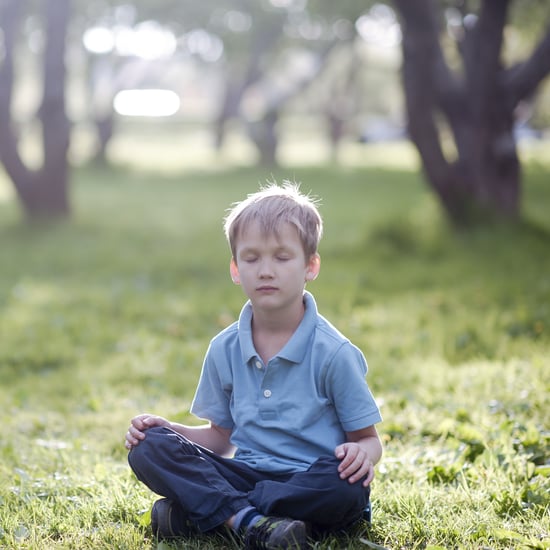
- Write a letter in the voice of your BFF. We would never talk to our best friend in the same critical way we talk to ourselves. The same is true for our children. Tell them to be kind to themselves, and ask them what they would tell a best friend to do in their situation.
- Decorate a wall. We’re not talking about paint and decor, but poster tack and pictures from magazines or printed from the internet can give your child a chance to create large-scale temporary art in any space. The creative process is what is important, not the end result.
- Create a vision board. Have your child cut out words and pictures from magazines that speak to their interests, desires, and dreams. Then have them glue these pictures and words onto a poster board to display in their room. Not only does the process of creation allow them to think about what they want from life, displaying things they love gives them an opportunity to focus on what is really important when they are upset.

- Give or get a bear hug. Hugging allows your body to produce oxytocin, a naturally occurring hormone in your body necessary for immune system function. Not only does a 20 second hug reduce blood pressure, increase feelings of well-being, and reduce the harmful physical effects of stress, both you and your child will reap the benefits!
- Walk in nature. According to Stanford scientists, walking in nature has been proven to improve cognition and reduce stress. Even if you do not have time to spend the 50 minutes researchers did, taking a 15 minute walk in nature works can be just what your child needs.
- Envision your best self. This is a great way to motivate your child to work toward a goal. Have them write down where they would like to see themselves in a week, a month, or a year, with this specific goal in mind.
- Blow on a pinwheel. Similar to the candle exercise, blowing on a pinwheel focuses more on controlled exhalation rather than deep inhalation.
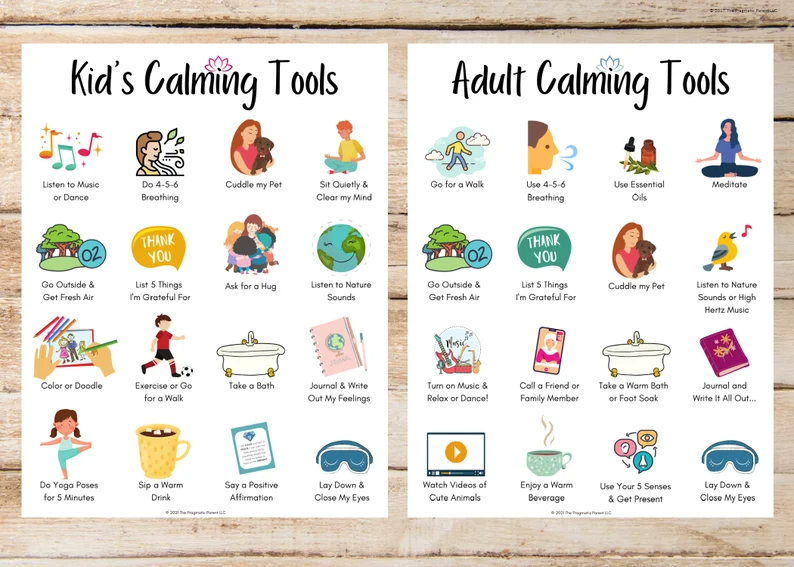 Tell your child to make the pinwheel go slow, then fast, then slow to show them how they can vary the rate at which they blow out the air in their lungs.
Tell your child to make the pinwheel go slow, then fast, then slow to show them how they can vary the rate at which they blow out the air in their lungs. - Squish some putty. When a child plays with putty, the brain’s electrical impulses begin firing away from the areas associated with stress. Try a store bought putty or make your own.
- Take up pottery. Much in the way playing with putty fires electrical impulses in your child’s brain, sculpting with clay or throwing pots can have a similar effect. It also has the added benefit of being considered “active learning”, a powerful condition that allows your child to learn through exploration.
- Write it out. For older children, journaling, or writing their feelings down can have a profound effect on their mood, especially if they can do so without the fear of having it read. Give your child a notebook to keep in a safe place, and allow them to write about how they feel, assuring them you will not read it unless they ask you to.
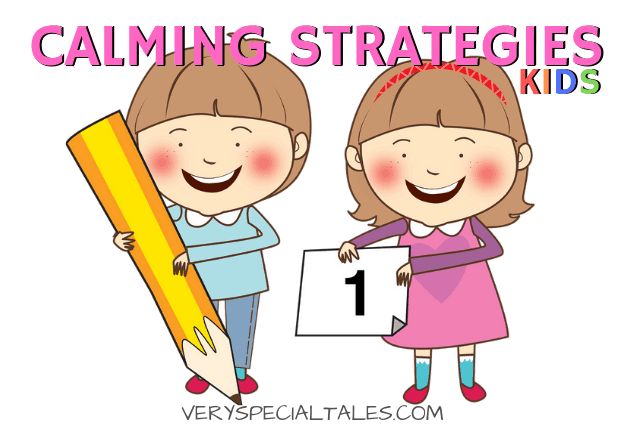
- Gratitude, gratitude, gratitude. A cousin to “write it out”, gratitude journaling has been linked to better performance in the classroom as well as a reduction of stress outside of learning environments. Having a separate notebook only for things your child is grateful for will give them the freedom to keep their journaling activities separate.
- Name your emotion. Often when children become overwhelmed, it is because they have difficulty identifying the negative thoughts they are having. Whether your child is quick to anger, panic, or obsess to ensure things are perfect, ask them to give this feeling a name, and help them talk back to it. For instance, by asking your child, “is Mr. Perfect bothering you again?” you can work together to help them challenge their perfectionism, rather than fight them over it.
- Rock in a rocking chair. Not only does rocking in a rocking chair provide non-weight bearing strengthening to the knees and core, its repetitive nature offers stress-relief as well.
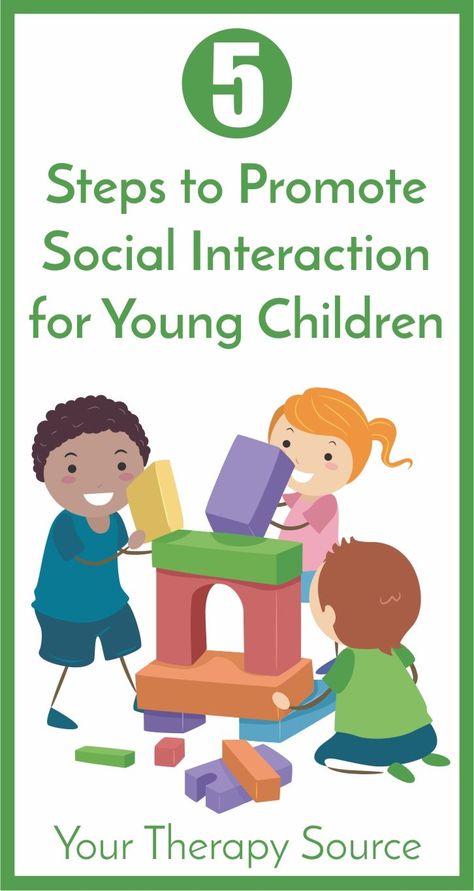 Rock in a rocking chair with your child or allow them to rock by themselves as a way to self-soothe their frenzied emotions.
Rock in a rocking chair with your child or allow them to rock by themselves as a way to self-soothe their frenzied emotions. - Push against a wall. This trick is perfect for allowing the body to get rid of stress hormones without having to go outside or even leave the room. Have your child try to push the wall over for 10 seconds, 3 times. This process allows the muscles to contract in a futile attempt to bring the wall down, then relax, releasing feel-good hormones into the body.
- Crinkle tissue paper. Babies are inherently aware of this trick as one of their favorite things to do is crinkle paper. Not only does crinkling tissue paper provide a satisfying noise, the textural changes in your child’s hand sends sensory feedback to the brain in a pathway away from those associated with stress.
- Pop bubble wrap. Anyone who has received a package in the mail knows the joy of popping row after row of bubble wrap. The same material can be found at most retailers and dollar stores and be cut into manageable pieces for stress-relief anywhere, anytime.
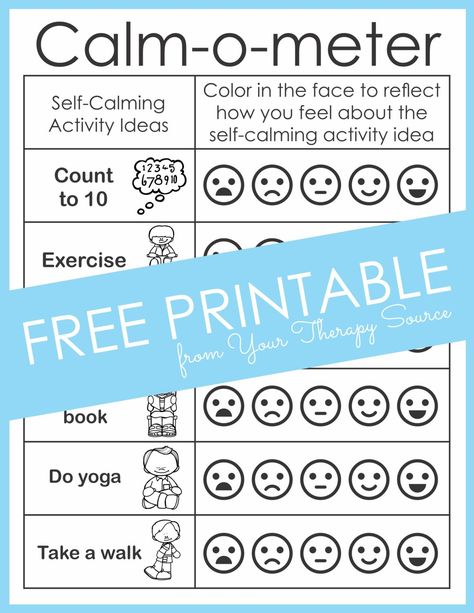
- Roll a tennis ball on your back. An old physical therapy trick, rolling a tennis ball on your child’s back will give them a gentle massage when they are most in need of a calming touch. Focus on the shoulders, neck, and lower back as these are typical places where the body holds tension.
- Roll a golf ball under your feet. Rolling a golf ball under your child’s feet can not only improve circulation, but there are pressure points on the bottom of the feet that relieve stress and relax the muscles of the feet and legs. Roll over the entire sole of your child’s foot using various pressures for maximum benefit.
- Go to your calm down space. Having a designated “Calm Down Space” in your home gives children an opportunity to retreat when they feel out of control and rejoin the group when they need to. It is important to make this space comfortable so your child wants to visit it when they are in need of a self-imposed “time out”.
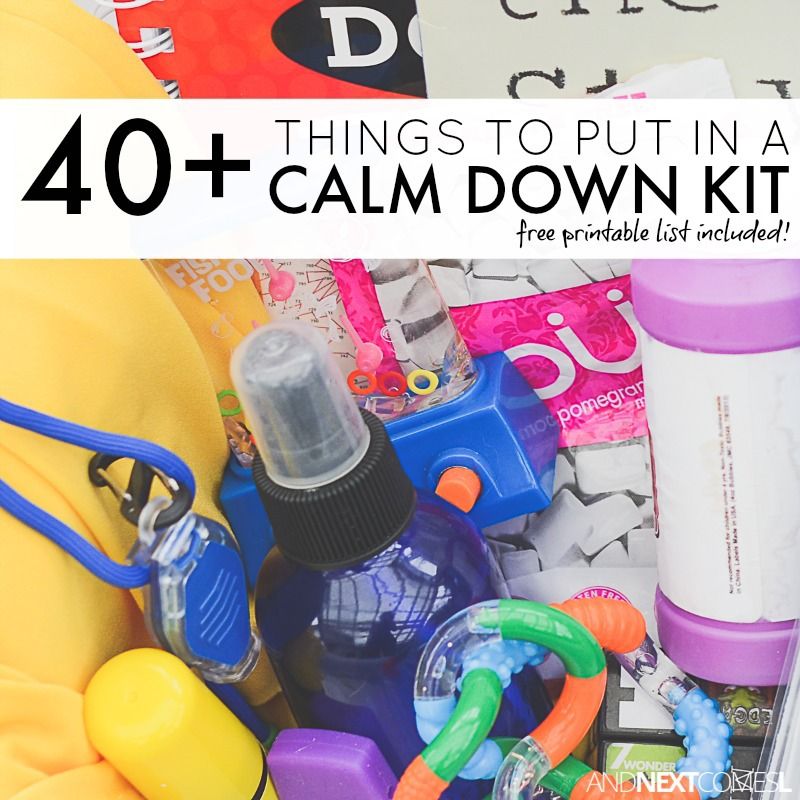
- Play music. Music has a profound effect on mood, sleep, stress, and anxiety. Use a variety of musical styles to set the tone in your home, car, or your child’s room.
- Have a dance party. Adding a physical component to your musical enjoyment gets your kids moving and is a fun way to be active. Crank up the tunes and have a dance party in your living room when your child is in a bad mood and watch their mood transform.
- Do a primal yell. Sometimes all of your child’s emotions are simply too much to contain in their body. Have them stand with their feet shoulder width apart and imagine their feelings boiling up from their toes through their legs and body, and out of their mouths. They don’t have to yell words, or even maintain a certain pitch, just whatever comes out that feels good to them.
- Change the scenery. How many times have we thought to ourselves, “Just walk away,” when confronted by a big emotion? Your child may simply need a change of scenery in order to calm down.
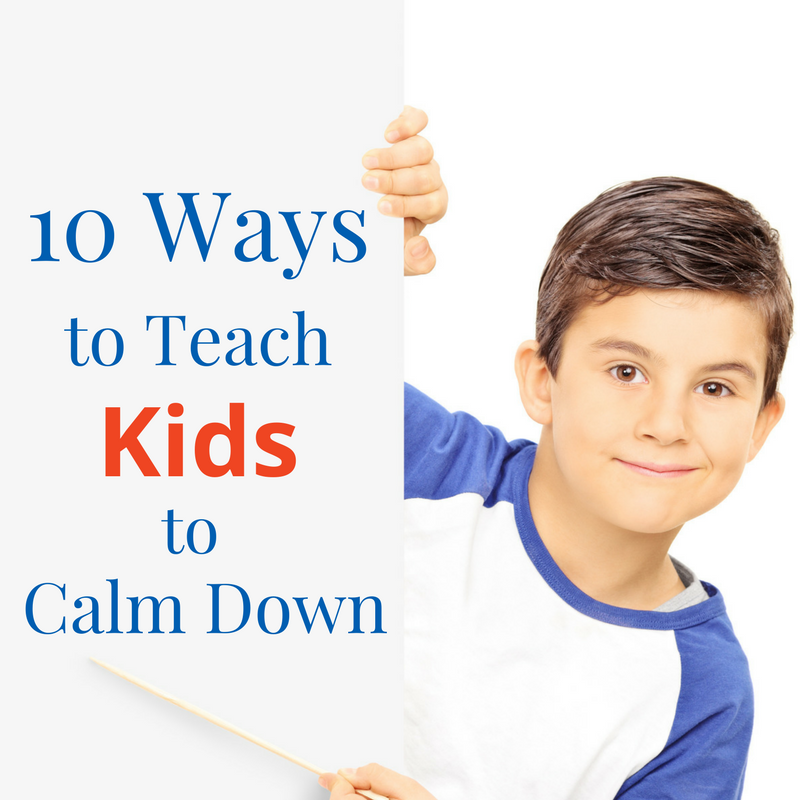 If you are inside, head out. If you are outside, find a quiet space indoors. Either way, change the scenery and you will likely change the mood.
If you are inside, head out. If you are outside, find a quiet space indoors. Either way, change the scenery and you will likely change the mood. - Go for a walk. There’s a real reason people go for walks to clear their heads. Not only is the fresh air and exercise restorative, but the natural rhythm walking creates has a self-soothing quality. Take your child on a walk, and they may even open up to your about what is on their mind.
- Plan a fun activity. When you are in an anxious moment, it can seem as though the walls are closing in and the world will come to an end. Some children need to focus on what is ahead of them in order to reset their internal dialog. Plan something fun to do as a family, and let your child have a say in it. Any topic that will get them focused on a future something to look forward to can be helpful.
- Knead the bread. Grandmothers around the world will tell you that the process of bread making is a tremendous stress relief.
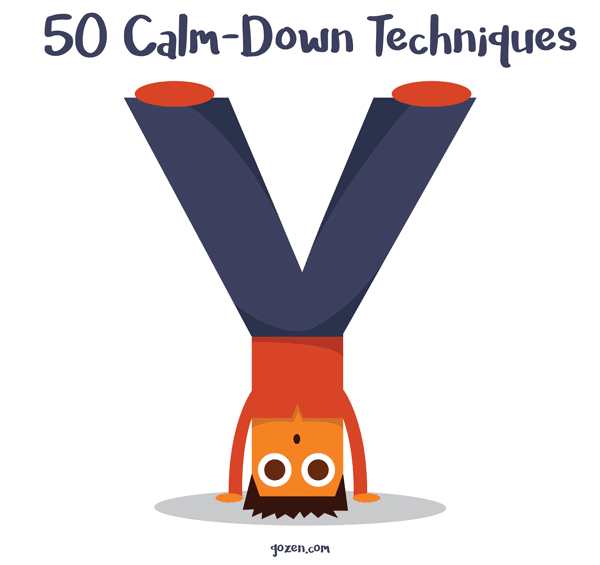 Simple recipes are abundant online that allow your child to get their hands dirty turning and pushing dough. The best part is that at the end, you have homemade bread to show for it!
Simple recipes are abundant online that allow your child to get their hands dirty turning and pushing dough. The best part is that at the end, you have homemade bread to show for it! - Make a bracelet. Crafting in general can facilitate a state of “flow” or a state characterized by complete absorption in an activity. The same concept can be extended to knitting, crochet, folding laundry, or any activity where your child forgets their external surroundings.
- Get on a bike. Bicycling for children has largely become a thing of the past. With the introduction of bicycle lanes and paved trails in urban areas, bicycling is safer than ever and can be a powerful form of self-soothing. Not only is it easy on the joints, it promotes balance, exercise, and can be done with the whole family.
- Take a coloring break. It’s not without good reason that restaurants give children coloring; it gives them something to focus on, and can be a great mindfulness activity that reduces anxiety.
 Make a trip with your child to pick up some crayons and markers, and get them excited about filling in the pages of a coloring book.
Make a trip with your child to pick up some crayons and markers, and get them excited about filling in the pages of a coloring book.
Sign up for our weekly newsletter and never miss another post - plus get valuable FREE resources each week!
Send me resources!
Previous
Social Anxiety: 5 Proven Methods for Boosting Confidence
7 Things Every Parent of an Anxious Teen Should Try
Next
How to Help Children Calm Down
Many children have difficulty regulating their emotions. Tantrums, outbursts, whining, defiance, fighting: these are all behaviors you see when kids experience powerful feelings they can’t control. While some kids have learned to act out because it gets them what they want — attention or time on the iPad — other kids have trouble staying calm because they are unusually sensitive.
The good news is that learning to calm down instead of acting out is a skill that can be taught.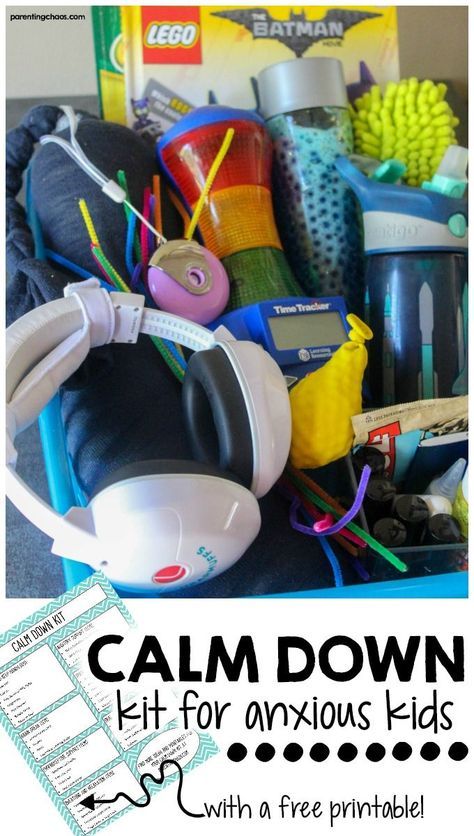
What is dysregulation?
“Some children’s reactions are just bigger than their peers or their siblings or their cousins,” explains Lindsey Giller, PsyD, a clinical psychologist at the Child Mind Institute. “Not only do they feel things more intensely and quickly, they’re often slower to return to being calm.” Unusually intense feelings can also make a child more prone to impulsive behaviors.
When kids are overwhelmed by feelings, adds Dr. Giller, the emotional side of the brain isn’t communicating with the rational side, which normally regulates emotions and plans the best way to deal with a situation. Experts call it being “dysregulated.” It’s not effective to try to reason with a child who’s dysregulated. To discuss what happened, you need to wait until a child’s rational faculties are back “online.”
Rethinking emotions
Parents can start by helping children understand how their emotions work. Kids don’t go from calm to sobbing on the floor in an instant.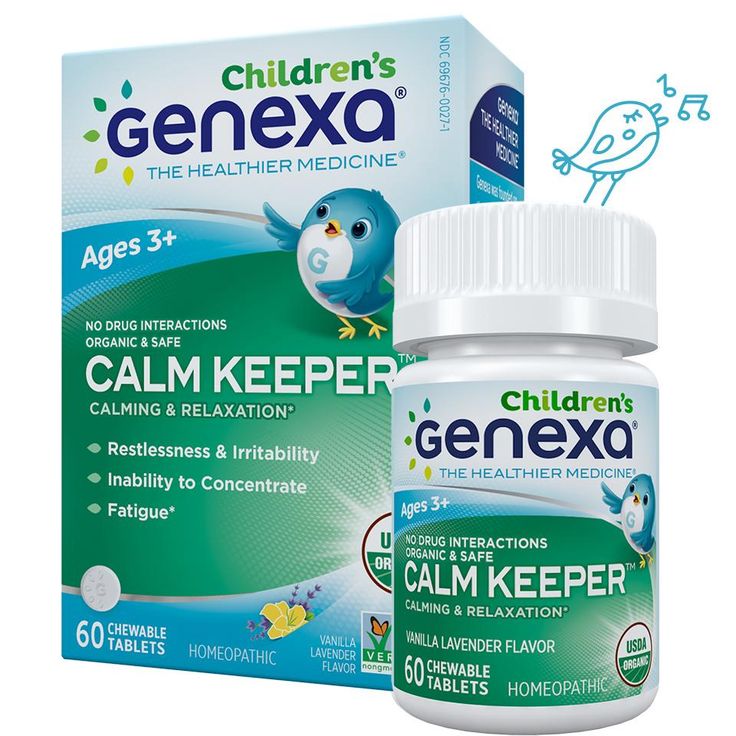 That emotion built over time, like a wave. Kids can learn control by noticing and labeling their feelings earlier, before the wave gets too big to handle.
That emotion built over time, like a wave. Kids can learn control by noticing and labeling their feelings earlier, before the wave gets too big to handle.
Some kids are hesitant to acknowledge negative emotions. “A lot of kids are growing up thinking anxiety, anger, sadness are bad emotions,” says Stephanie Samar, PsyD, a clinical psychologist at the Child Mind Institute. But naming and accepting these emotions is “a foundation to problem-solving how to manage them.”
Parents may also minimize negative feelings, notes Dr. Samar, because they want their kids to be happy. But children need to learn that we all have a range of feelings. “You don’t want to create a dynamic that only happy is good,” she says.
Model managing difficult feelings
“For younger children, describing your own feelings and modeling how you manage them is useful,” notes Dr. Samar. “They hear you strategizing about your own feelings, when you’re nervous or frustrated, and how you’re going to handle it, and they can use these words.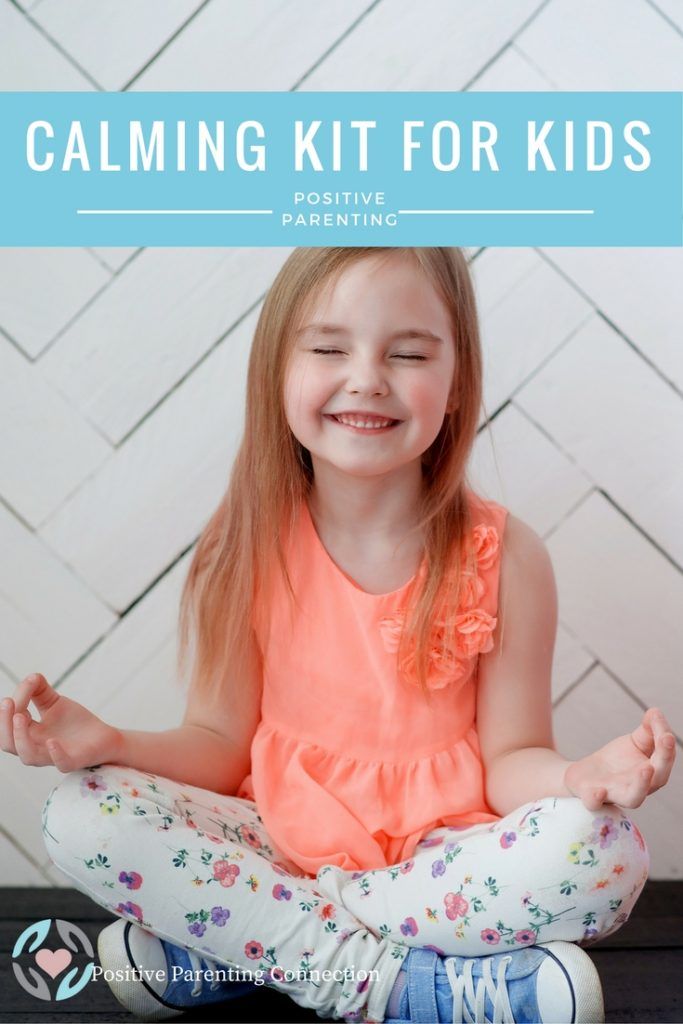 ”
”
For kids who feel like big emotions sneak up on them, you can help them practice recognizing their emotions, and model doing that yourself. Try ranking the intensity of your emotions from 1-10, with 1 being pretty calm and 10 being furious. If you forget something that you meant to bring to Grandma’s, you could acknowledge that you are feeling frustrated and say that you’re at a 4. It might feel a little silly at first, but it teaches kids to pause and notice what they are feeling.
If you see them starting to get upset about something, ask them what they are feeling, and how upset they are. Are they at a 6? For some younger kids, a visual aid like a feelings thermometer might help.
Validate your child’s feelings
Validation is a powerful tool for helping kids calm down by communicating that you understand and accept what they’re feeling. “Validation is showing acceptance, which is not the same thing as agreement,” Dr. Giller explains. “It’s nonjudgmental.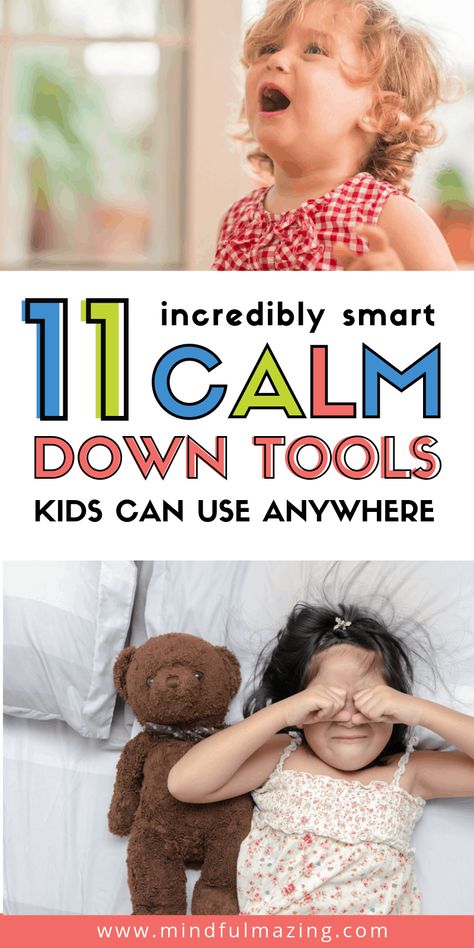 And it’s not trying to change or fix anything.” Feeling understood, she explains, helps kids let go of powerful feelings.
And it’s not trying to change or fix anything.” Feeling understood, she explains, helps kids let go of powerful feelings.
Effective validation means paying undivided attention to your child. “You want to be fully attuned so you can notice her body language and facial expressions and really try to understand her perspective,” says Dr. Samar. “It can help to reflect back and ask, ‘Am I getting it right?’ Or if you’re truly not getting it, it’s okay to say, ‘I’m trying to understand.’ ”
Helping kids by showing them that you’re listening and trying to understand their experience can help avoid explosive behavior when a child is building towards a tantrum.
Active ignoring
Validating feelings doesn’t mean giving attention to bad behavior. Ignoring behaviors like whining, arguing, inappropriate language or outbursts is a way to reduce the chances of these behaviors being repeated. It’s called “active” because it’s withdrawing attention conspicuously.
“You’re turning your face, and sometimes body, away or leaving the room when your child is engaging in minor misbehaviors in order to withdraw your attention,” Dr.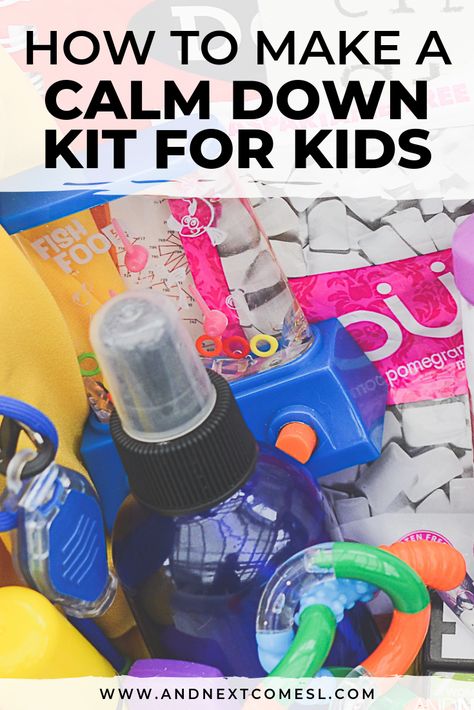 Giller explains. “But the key to its effectiveness is, as soon as your child is doing something you can praise, to turn your attention back on.”
Giller explains. “But the key to its effectiveness is, as soon as your child is doing something you can praise, to turn your attention back on.”
Positive attention
The most powerful tool parents have in influencing behavior is attention. As Dr. Giller puts it, “It’s like candy for your kids.” Positive attention will increase the behaviors you are focusing on.
When you’re shaping a new behavior, you want to praise it and give a lot of attention to it. “So really, really focus in on it,” adds Dr. Giller. “Be sincere, enthusiastic and genuine. And you want it to be very specific, to make sure your child understands what you are praising.”
When helping your child deal with an emotion, notice the efforts to calm down, however small. For example, if your child is in the midst of a tantrum and you see him take a deep inhale of air, you can say, “I like that you took a deep breath” and join him in taking additional deep breathes.
Clear expectations
Another key way to help prevent kids from getting dysregulated is to make your expectations clear and follow consistent routines.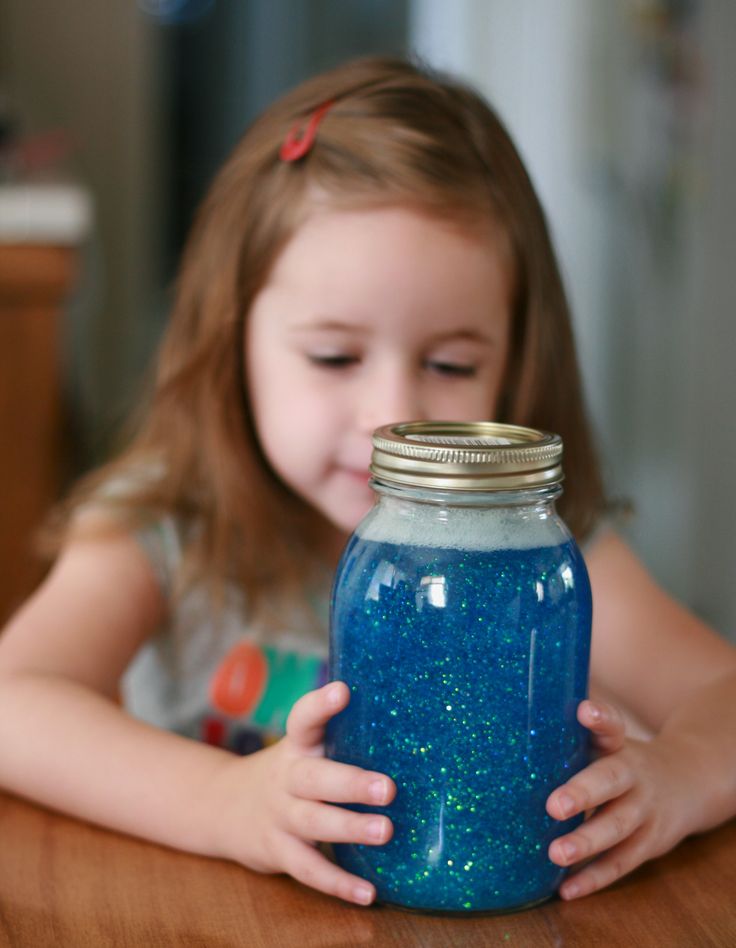 “It’s important to keep those expectations very clear and short,” notes Dr. Samar, and convey rules and expected behaviors when everyone is calm. Dependable structure helps kids feel in control.
“It’s important to keep those expectations very clear and short,” notes Dr. Samar, and convey rules and expected behaviors when everyone is calm. Dependable structure helps kids feel in control.
When change is unavoidable, it’s good to give advance warning. Transitions are particularly tough for kids who have trouble with big emotions, especially when it means stopping an activity they’re very engaged in. Providing a warning before a transition happens can help kids feel more prepared. “In 15 minutes, we’re going to sit down at the table for dinner, so you’re going to need to shut off your PS4 at that time,” Dr. Giller suggests. It may still be hard for them to comply, but knowing it’s coming helps kids feel more in control and stay calmer,” she explains.
Give options
When kids are asked to do things they’re not likely to feel enthusiastic about, giving them options may reduce outbursts and increase compliance. For instance: “You can either come with me to food shopping or you can go with Dad to pick up your sister.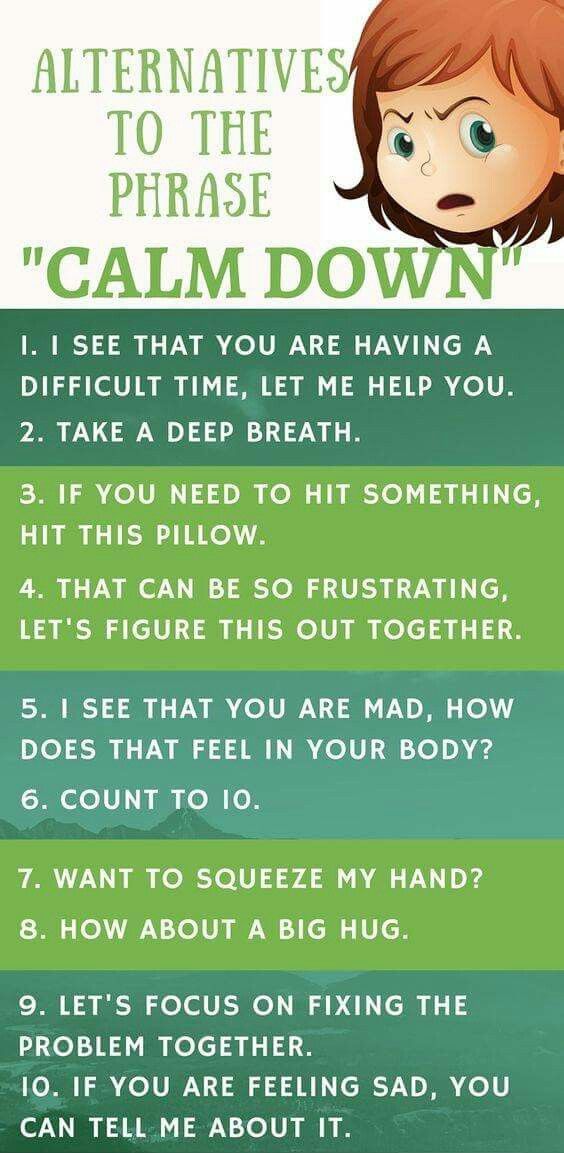 ” Or: “You can get ready for bed now and we can read a story together — or you can get ready for bed in 10 minutes and no story.”
” Or: “You can get ready for bed now and we can read a story together — or you can get ready for bed in 10 minutes and no story.”
“Giving two options reduces the negotiating that can lead to tension,” Dr. Samar suggests.
Coping ahead
Coping ahead is planning in advance for something that you predict may be an emotionally challenging situation for your child, or for both of you. It means talking, when you are both calm, about what’s coming, being direct about what negative emotions can arise, and strategizing how you will get through it.
If a child was upset last time she was at Grandma’s house because she wasn’t allowed to do something she gets to do at home, coping ahead for the next visit would be acknowledging that you saw that she was frustrated and angry, and discussing how she can handle those feelings. Together you might come up with something she is allowed to do at Grandma’s that she can have fun doing.
Talking about stressful situations in advance helps avoid meltdowns.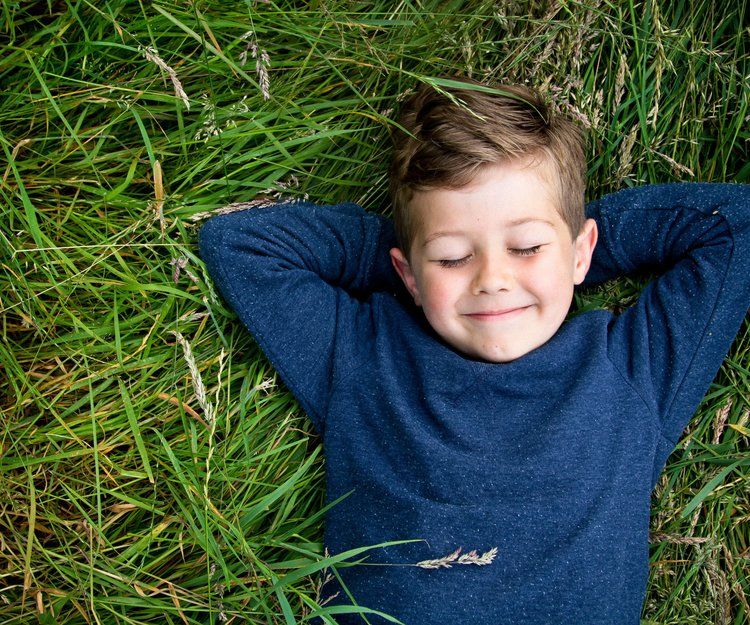 “If you set up a plan in advance, it increases the likelihood that you’ll end up in a positive situation,” Dr. Samar notes.
“If you set up a plan in advance, it increases the likelihood that you’ll end up in a positive situation,” Dr. Samar notes.
Problem solving
If a child has a tantrum, parents are often hesitant to bring it up later, Dr. Samar notes. “It’s natural to want to put that behind us. But it’s good to revisit briefly, in a non-judgmental way.”
Revisiting an earlier event — say a meltdown at the toy store — engages the child in thinking about what happened, and to strategize about what could have been done differently. If you can come up with one or two things that might have led to a different outcome, your child might remember them next time he’s starting to feel overwhelmed.
Five special minutes a day
Even a small amount of time set aside reliably, every day, for mom or dad to do something chosen by a child can help that child manage stress at other points in the day. It’s a time for positive connection, without parental commands, ignoring any minor misbehavior, just attending to your child and letting her be in charge.
It can help a child who’s having a tough time in school, for instance, to know she can look forward to that special time. “This five minutes of parental attention should not be contingent on good behavior,” says Dr. Samar. “It’s a time, no matter what happened that day, to reinforce that ‘I love you no matter what.’ ”
Video Resources for Kids
Teach your kids mental health skills with video resources from The California Healthy Minds, Thriving Kids Project.
Start Watching
Why is it dangerous to calm a child with a smartphone
December 20, 2022 09:55 Julia Rudy
Photo Unsplash. nine0003
An adult can help a child overcome any crisis situation if he understands what needs to be done and has the mental strength to do so.
Photo Unsplash.
Often, during a tantrum, parents take the path of least resistance and give young children a phone or tablet with games or cartoons in their hands. The child quickly calms down. However, this approach threatens to turn into big problems in the future. nine0003
Scientists have investigated the long-term effects of using gadgets to calm a child and have come to some disappointing and even disturbing findings.
Researchers studied how digital devices were used to calm upset children between the ages of three and five.
Between August 2018 and January 2020, a total of 422 parents of the same number of children were interviewed. That is, the conclusions were based on data that were collected before the coronavirus pandemic. She is known to have further changed the life within the family and in most cases further increased the time that children began to spend in front of the screen of a digital device.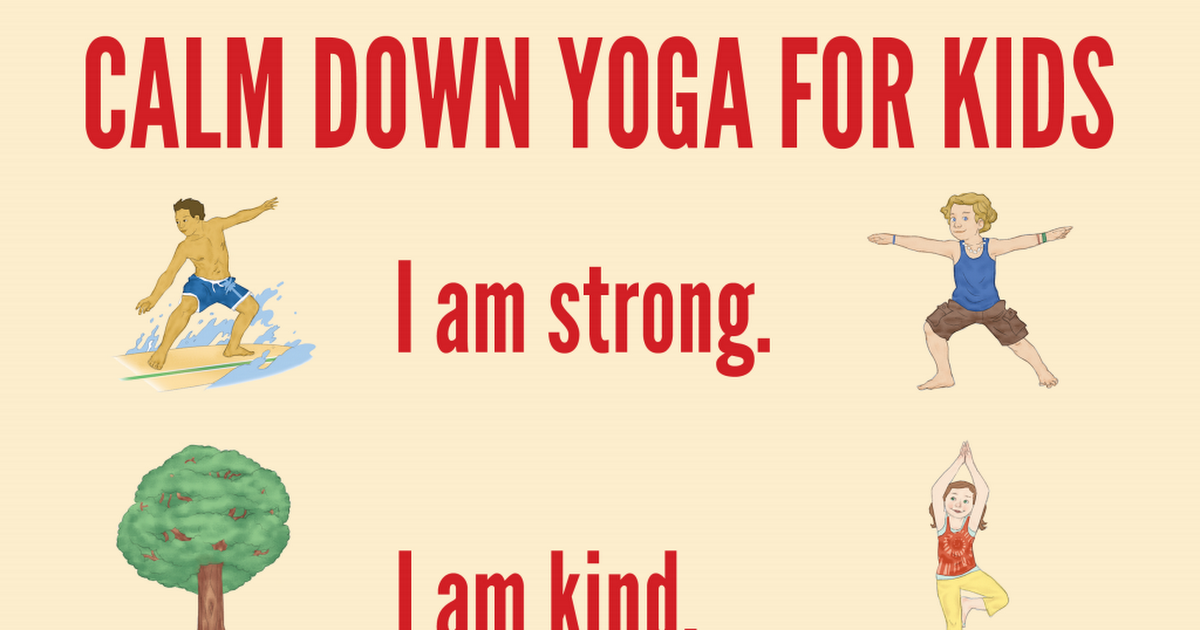 nine0003
nine0003
Be that as it may, the conclusions of scientists are as follows: the more often the child "calmed down" with the help of any gadget, the more emotional reactivity he showed, the more difficult it was for him to regulate his emotions. In this case, we are talking, for example, about quick mood swings or increased impulsivity.
The relationship was particularly strong in young boys and in children already showing signs of hyperactivity, impulsivity, and strong temperament.
An adult can help a child overcome any crisis situation if he understands what needs to be done and has the mental strength to do it. nine0003
Photo Unsplash.
Scientists believe that a smartphone or tablet, like any other distraction device, does not solve the child's problem, because of which he cries or even hysteria. The devices only switch the focus of attention of a small person, who can still relatively easily switch to flashing bright pictures.
To a parent, this tactic may seem quite harmless and effective in managing difficult behavior in a child. Moreover, quickly calming down a preschooler significantly reduces the level of stress in the family. However, this is a disservice to their own children, which can subsequently turn into new problems in the family. nine0003
Moreover, quickly calming down a preschooler significantly reduces the level of stress in the family. However, this is a disservice to their own children, which can subsequently turn into new problems in the family. nine0003
Such a decision could have unpleasant long-term consequences if such a calming strategy is used too often, says behavioral development pediatrician Jenny Radesky of the University of Michigan.
What can replace the gadget? Researchers have suggested several other ways to soothe children.
The former can be attributed to sensory experiences: you can try listening to soothing music with your children, invite your child to play plasticine, fight with pillows or jump on a trampoline. nine0003
The second option is to calmly sort out his emotions with the child, to speak them out to help him understand them. Very young children can be offered colors to indicate their emotions.
However, emotions are worth discussing while the children are calm, before the tantrum starts.
"All these solutions help children understand themselves better and feel more competent in managing their feelings," Radesky says. "Parents should repeat this practice several times, and also try to remain calm and not overreact to the child's emotions. Emotion regulation skills that last a lifetime." nine0003
The full results of the study were published in JAMA Pediatrics.
More news from the world of science and medicine can be found in the sections "Science" and "Medicine" on the media platform "Looking".
science psychology development childhood upbringing children news
Previously related
-
What parents do before bed builds good character in children
-
Named two factors that strongly influence the mental development of children under 2 years of age
-
Adventure Time: "dangerous" games strengthen the psyche of children
-
Is the child unbearable in the morning? We tell you how to fix it, which will even affect grades at school
-
Experiment Shows that Cash Aid Changes Babies' Brains
-
Study: children learn who is their own and who is a stranger thanks to saliva
What is white noise for newborns and where to get it
September 16, 2021 Likbez Tips nine0003
These sounds soothe babies in 5 minutes. But there are also side effects.
But there are also side effects.
You can also listen to this article. If it's more convenient for you, turn on the podcast:
What is white noise
White noise is a uniform background sound that contains the frequencies of the entire audio range, from 20 to 20,000 Hz. This phenomenon was named by analogy with the white color, which unites all existing colors (of course, we are talking about electromagnetic waves of all frequencies of the visible spectrum, but you can not go into details that are insignificant in this case). nine0003
The beauty of white noise is its lack of information.
Since there is not a bit of important information in this uniform hum, our brain very quickly stops noticing it. So we do not react to the sound of the washing machine. Or the usual noise from the road outside the window. Or the rustling of leaves.
How white noise works
It drowns out outside sounds. To imagine this, imagine that two people are talking not far from you.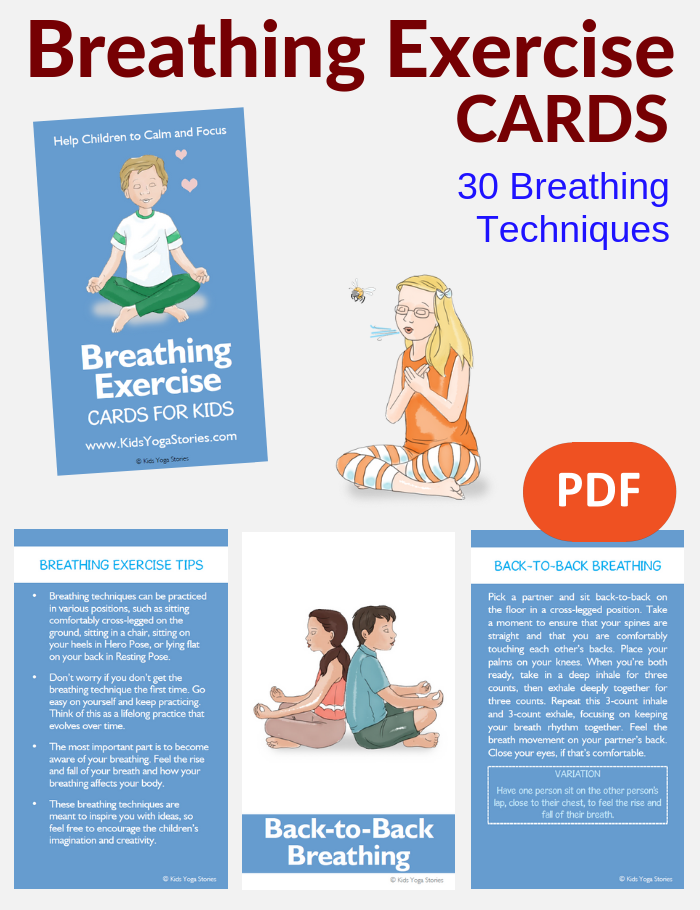 While there are so many of them, you can clearly hear every voice. But then a third person entered the conversation. You can still distinguish the tones, but you are already confused about who exactly says the words. nine0003
While there are so many of them, you can clearly hear every voice. But then a third person entered the conversation. You can still distinguish the tones, but you are already confused about who exactly says the words. nine0003
If a thousand people are talking, the brain is not able to isolate any particular voice - ringing or deaf, loud or quiet, sharp or soft. All of them will merge into one indistinguishable and uninformative white noise.
Our brain really likes this state, it seems to him safe. Therefore, many love so much, for example, the sound of rain.
How white noise helps newborns
White noise is used to help babies fall asleep. And he really helps. In a small study of 40 infants, researchers divided the infants into two groups. The first was white noise. The second was tried to be put to sleep by traditional methods - by rocking in her arms or leaving her in the crib. nine0003
16 babies from the first group fell asleep within 5 minutes after they were turned on white noise.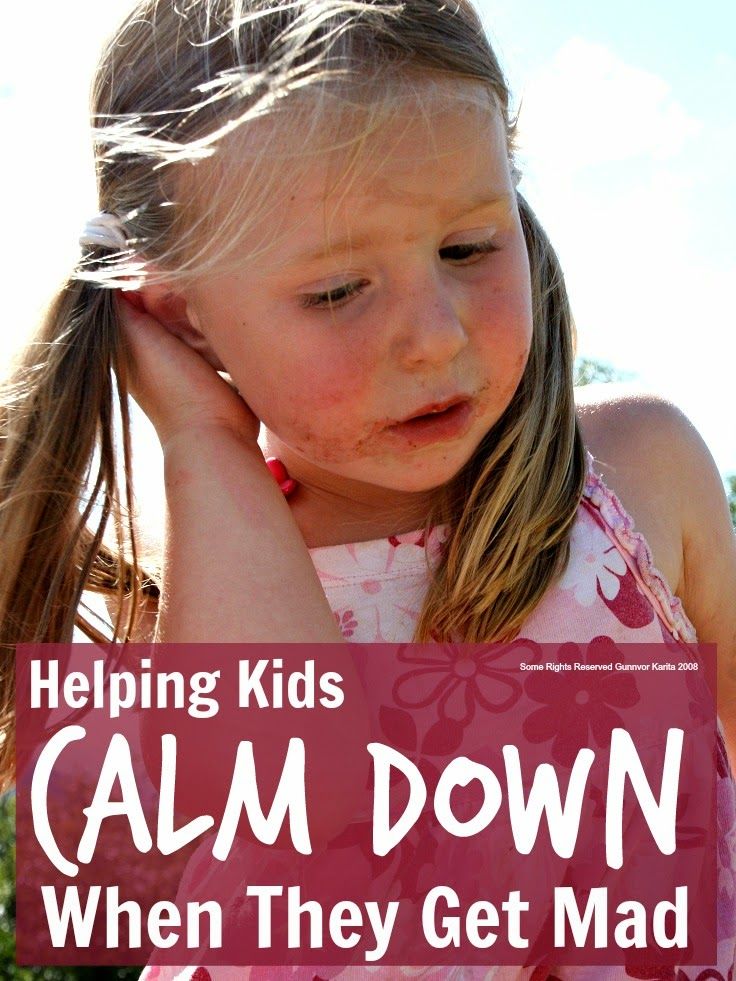 In the second group, only five fell asleep during the same time.
In the second group, only five fell asleep during the same time.
There are two reasons for this hypnotic effect.
1. White noise masks extraneous sounds
This is important for sensitive babies or those who live in families with two or more children. It is often difficult for such babies to fall asleep because of sounds that are not loud, but still stand out from the general background: accidental slamming of the door, the signal of a passing car, the voices of brothers or sisters. nine0003
White noise muffles, makes these extraneous sounds indistinguishable for the brain. So, the child falls asleep and sleeps more peacefully.
2. White noise soothes
A monotonous dull hum reminds the baby of the sounds he heard while in the womb. Like everything that sounds like that happy time (like swaying, dimmed lights), white noise calms the baby in the first months of life.
Who suits white noise
Let's just say: not for everyone. Most children (as well as adults) love an uninformative dull hum. But there are also those who dislike it. nine0003
Most children (as well as adults) love an uninformative dull hum. But there are also those who dislike it. nine0003
If a baby falls asleep easily in a stroller on a noisy street or to the sound of a running TV, fan, washing machine, running water, most likely, white noise as a “sleeping pill” will also suit him. But it is only possible to find out exactly how your baby specifically will react to multifrequency sounds, only experimentally.
When white noise can be harmful
It seems pleasant and safe, but scientists are still cautious and warn of possible side effects. nine0003
1. Hearing impairment
In 2014, the American Academy of Pediatrics tested 14 popular white noise devices. It turned out that they all exceed the recommended noise level for babies - 50 decibels. Since generators often run all night (and caring parents also turn them up louder to drown out any possible extraneous sounds), this can lead to hearing loss in a child.
2. Delayed speech development
The same study mentioned above warns about this risk.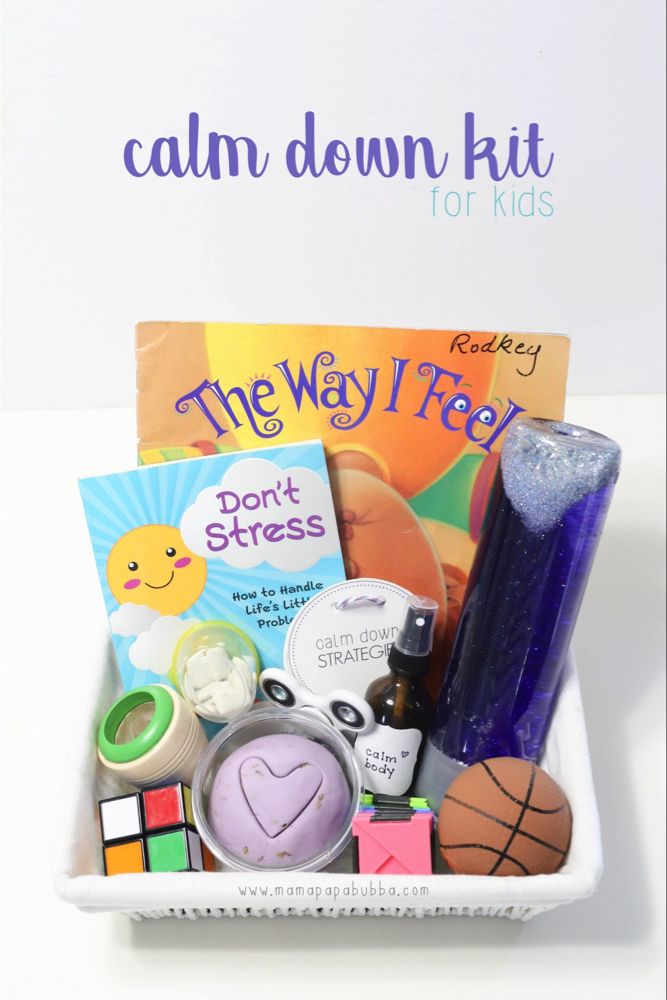 If the baby's hearing is impaired, then he will not perceive the words of adults as clearly as normal. And this will affect his speech development. nine0003
If the baby's hearing is impaired, then he will not perceive the words of adults as clearly as normal. And this will affect his speech development. nine0003
To reduce risks, pediatricians recommend placing these devices at least 2 m away from the crib and keeping the volume low to medium.
3. Addictiveness
Children who respond well to white noise actually sleep better. But they get used to such sound support. If for some reason the baby is forced to fall asleep without a white noise generator, there is a high probability of sleep problems.
Where to get white noise for newborns
1. Create your own
Turn on the fan, air conditioner, humidifier during the supposed sleep: these devices make sounds very similar to white noise.
2. Buy a soft toy with a built-in white noise generator
These toys make sounds perfect for baby sleep. They resemble a mother's heartbeat, the sound of rain, waterfall, wind. As a rule, you can choose from a dozen options for white noise and find among them exactly the one to which the child responds best.